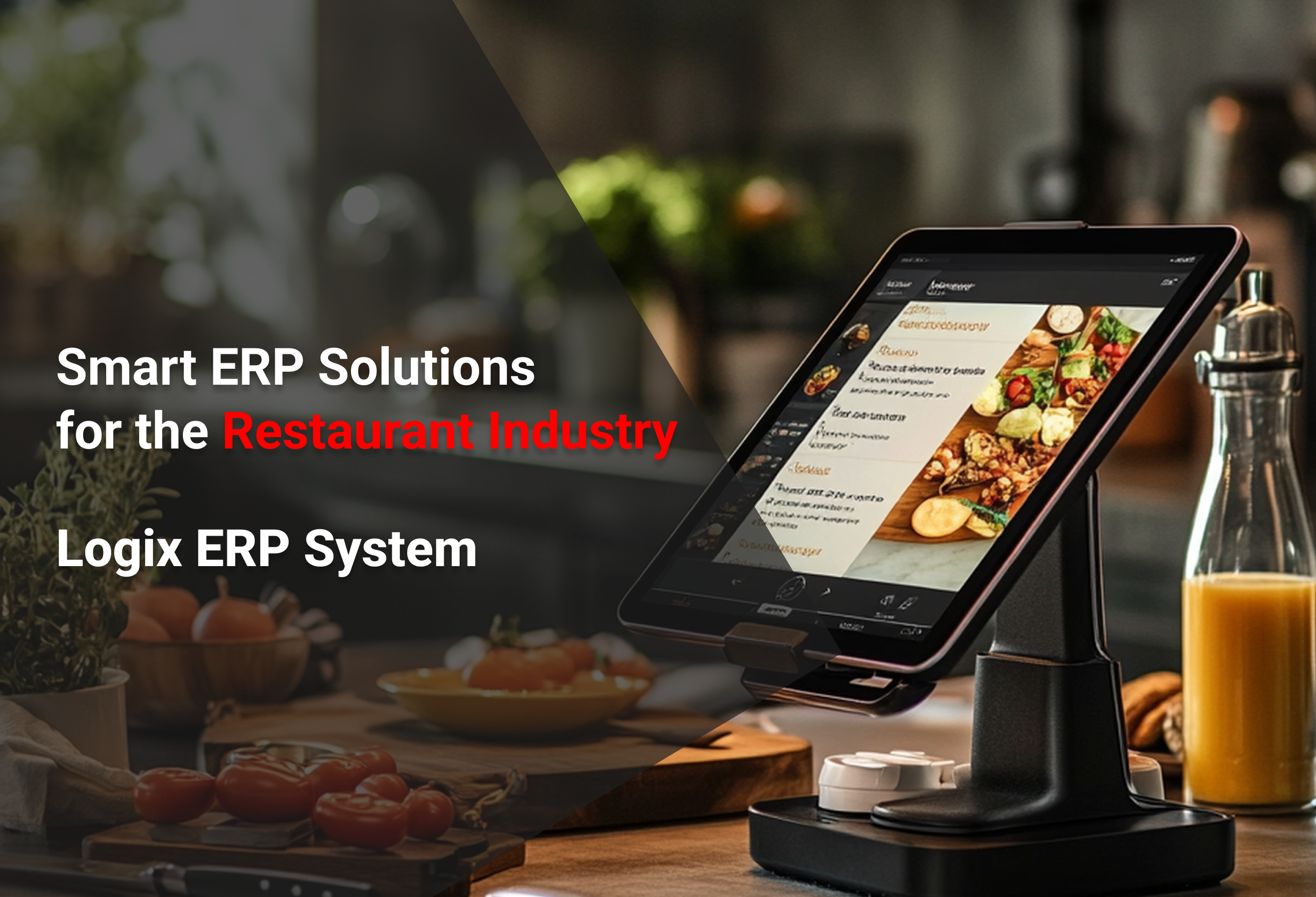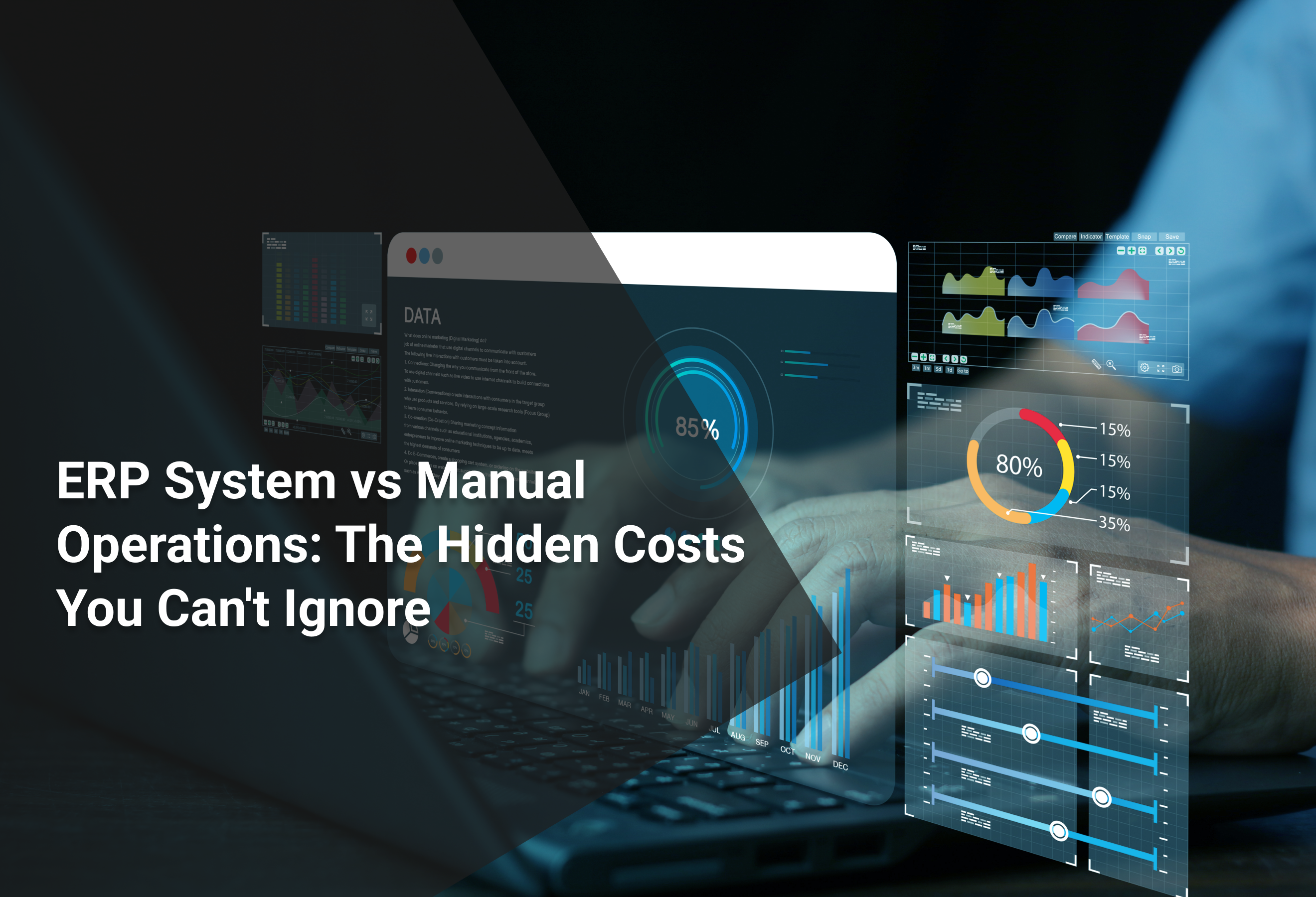
06/05/2023
In today's fast-paced business world, real-time data analysis has become increasingly important for organizations to stay competitive and make wise decisions. Real-time data analysis is the procedure of gathering, processing, and analyzing data as it is produced to offer useful insights and guide decision-making.
ERP systems are a class of software that aids companies in managing their everyday tasks, such as order processing, financial administration, inventory management, and human resources. It is simpler to access and analyze data in real time with the help of ERP systems, which offer a consolidated platform to gather and manage data from many company departments. ERP systems also assist firms in automating repetitive operations, minimizing errors, and enhancing departmental teamwork.
ERP systems and real-time data analysis work together to give firms a competitive edge. Businesses may make educated decisions more rapidly and quickly adjust to shifting market conditions by having access to up-to-the-minute data. Real-time data analysis can also assist firms in locating inefficiencies, lowering expenses, and enhancing customer happiness.
You will have a better knowledge of how real-time data analysis may assist businesses in streamlining their operations and coming to wiser conclusions by the end of this piece.
You will find out the following:
- Advantages of real-time data analysis in ERP systems
- Implementation strategies for real-time data analysis in ERP systems
- Overcoming Challenges and Limitations in Real-Time Data Analysis with ERP Systems
Let’s dive in!
Advantages of real-time data analysis in ERP systems
Businesses can benefit from real-time data analysis using ERP systems in several ways, including:
Better Decision-Making with Current Information
Businesses can obtain accurate and current data through real-time data analysis, facilitating quicker and better-informed decision-making. This enables organizations to quickly adapt to shifting market conditions, spot development possibilities, and manage hazards before they turn into significant problems.
Real-time tracking and monitoring for increased productivity and efficiency
Businesses can manage and monitor their operations in real time with the help of ERP systems, allowing them to swiftly detect and fix problems. Businesses can then adjust their procedures and resources based on real-time data, which results in greater efficiency and production.
Personalized, Real-Time Interactions for Improved Customer Satisfaction and Loyalty
Businesses may offer customized, real-time interactions with their customer’s thanks to real-time data analysis and ERP systems. Businesses may offer customized products and services and increase customer satisfaction and loyalty by having access to real-time data about their consumers' preferences, behaviors, and needs.
Cost savings achieved through improved inventory control and resource allocation
ERP systems' real-time data analysis aids companies in cost-effective resource and inventory management optimization. Businesses may reduce waste and boost efficiency by making data-driven decisions about when and how to allocate resources by having access to real-time data about inventory levels and resource utilization.
Real-Time Insights and Analytics for Competitive Advantages
Businesses can gain a competitive edge by using real-time data analysis with ERP systems to make data-driven choices quicker than their rivals. Businesses may remain ahead of the curve by identifying trends and opportunities before their rivals by having access to real-time data and analytics.
In general, businesses can benefit from real-time data analysis using ERP systems in several ways, such as quicker decision-making, increased productivity, and efficiency, increased customer satisfaction and loyalty, lower costs, and competitive advantages through real-time insights and analytics.
Implementation Strategies for Real-Time Data Analysis in ERP Systems
For firms, real-time data analysis in ERP systems can be a game-changer. However, real-time data analysis implementation calls for thorough planning and sensible tactics. Here are some crucial implementation tactics to take into account:
How to Determine and Choose the Best ERP System for Your Business Needs
Choosing the ideal ERP system for your company's needs is the first step in integrating real-time data analysis in ERP systems. When choosing an ERP system, take into account aspects like the size of your company, your industry, your budget, and your needs for data analysis. Make sure the ERP system you select can manage real-time data analysis.
Real-Time Data Analysis Tools and Software Integration with Current Systems
Real-time data are necessary for real-time data analysis. Businesses must combine real-time data analysis tools and software with current systems to guarantee real-time data analysis. This involves combining data from numerous systems, including sensors, IoT devices, and others. Effective data integration calls for knowledge, and experience, and may even require specialized creation.
Effective Data Management and Quality Control to Ensure Data Accuracy and Consistency
For real-time data processing, precise and reliable data are needed. Businesses need to create efficient data management and quality control systems to guarantee data consistency and correctness. This comprises routine data normalization, validation, and cleansing. Data governance and quality management know-how are necessary for efficient data management and control.
Investing in Employee Education and Training to Increase Adoption
Employee acceptance and buy-in are necessary for real-time data analysis. Businesses must spend money on employee education and training if they want to increase adoption and utilization. This includes teaching staff members the value of real-time data analysis for business performance as well as training them on how to use the ERP system and data analysis tools efficiently. Expertise in change management and training delivery are necessary for effective education and training.
Fostering teamwork and communication to fully reap the rewards of real-time data analysis
Collaboration and communication between various teams and divisions within the company are necessary for real-time data analysis. Businesses may utilize the advantages of real-time data analysis, find areas for development, and make data-driven choices by establishing a culture of collaboration and communication. Knowledge of organizational behavior and communication is necessary for effective collaboration and communication.
In general, real-time data analysis implementation in ERP systems calls for a mix of organizational and technological proficiency. Businesses can utilize the advantages of real-time data analysis by using these implementation tactics to ensure a successful implementation.
Overcoming Challenges and Limitations in Real-Time Data Analysis with ERP Systems
While real-time data analysis with ERP systems can provide businesses with several advantages, there are also difficulties and restrictions to take into account. Here are some methods for getting over these obstacles and constraints:
Addressing Privacy and Data Security Issues
Sensitive data must be gathered and examined for real-time data analysis. To safeguard the data from unwanted access or breaches, it is crucial to address privacy and security concerns. This can be accomplished by putting in place the proper access restrictions, data encryption, and other security measures to guarantee that only authorized personnel have access to the data.
Taking Care of Technical Issues
Real-time data analysis implementation might be complicated by technical issues including system compatibility and performance problems. Businesses should make sure that their systems are compatible and able to handle the volume of data created in real time to address these issues. To make sure that their systems can handle the increased workload, businesses may also need to spend money on additional hardware and software.
Managing Change and Overcoming Adoption Resistance
Changes in business procedures are needed for real-time data processing, but staff members may be resistant to these changes. In order to overcome this resistance, it's critical to clearly explain the advantages of real-time data processing and offer sufficient training so that staff members feel at ease using the new technology.
Addressing Real-Time Data Analysis's Limitations
The requirement for human interpretation and analysis is one of the drawbacks of real-time data processing. Real-time data analysis has several advantages, but there are also costs involved in setting up and running the system. Businesses must carefully assess their requirements to decide whether the advantages exceed the drawbacks.
In general, dealing with these issues and constraints is essential for the successful implementation of real-time data analysis with ERP systems. Businesses may fully utilize the benefits of real-time data analysis by putting in place the proper security measures, fixing technological issues, managing change successfully, and weighing the costs and benefits.
Conclusion
Businesses may make better decisions, increase efficiency, boost customer happiness, cut expenses, and gain a competitive edge by utilizing real-time data analysis with ERP systems. Businesses must adhere to best practices, such as choosing the appropriate ERP system, ensuring data consistency and accuracy, spending on employee training, encouraging collaboration, and making sure they are comply with data security and privacy laws, to fully benefit from real-time data analysis.
In conclusion, organizations who want to stay ahead of the competition and accomplish their objectives should consider using real-time data analysis with ERP systems. Businesses can realize the full potential of this technology and prosper in today's data-driven business climate by adhering to best practices and tackling the difficulties and limitations of this technology.








